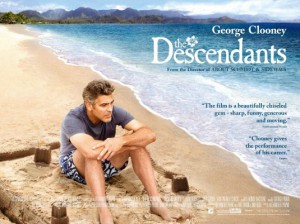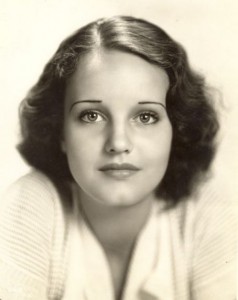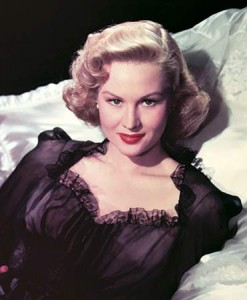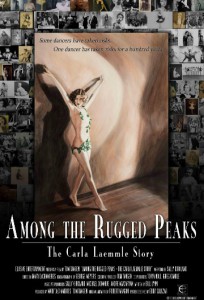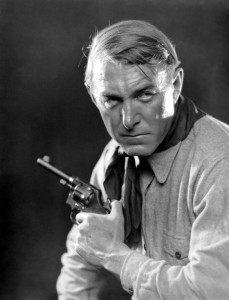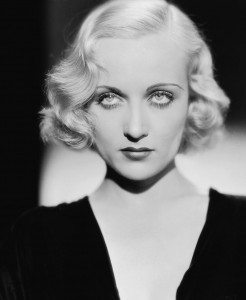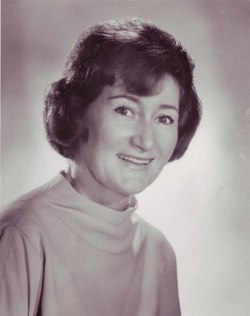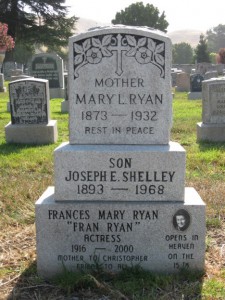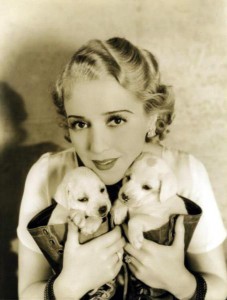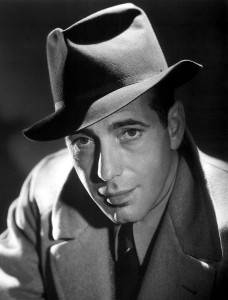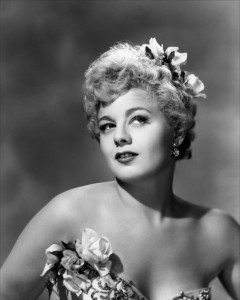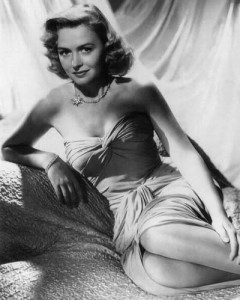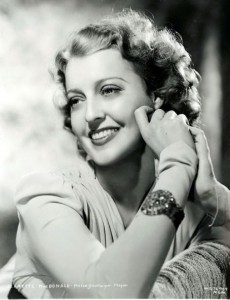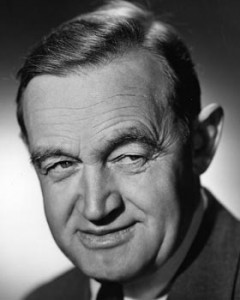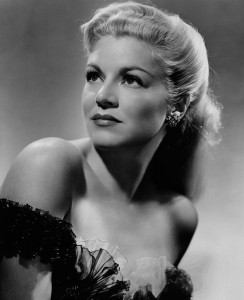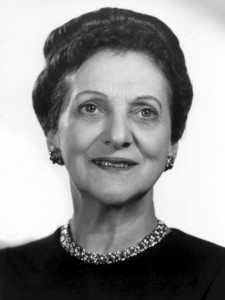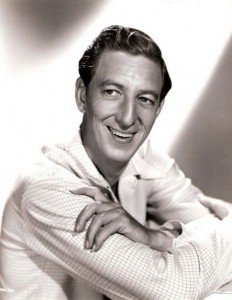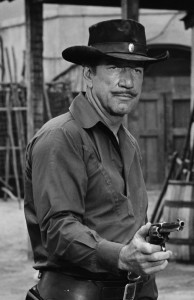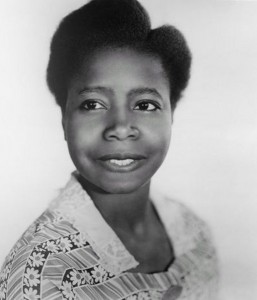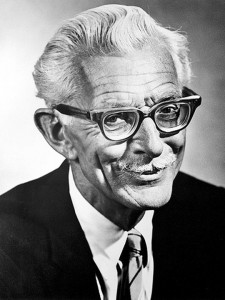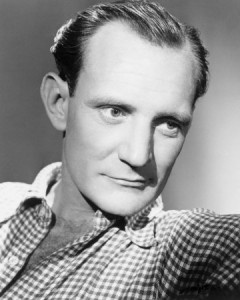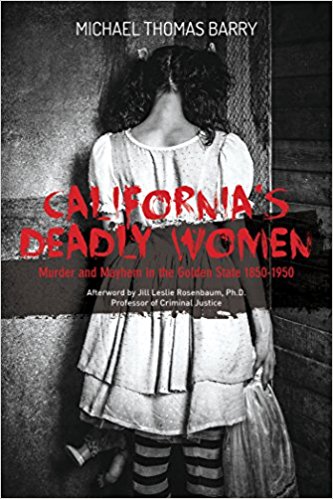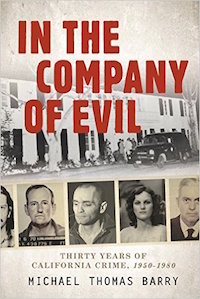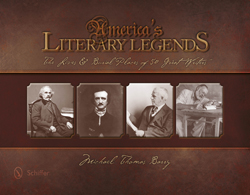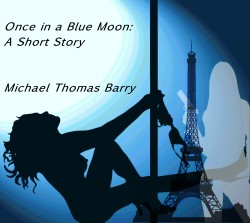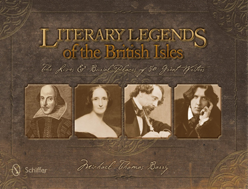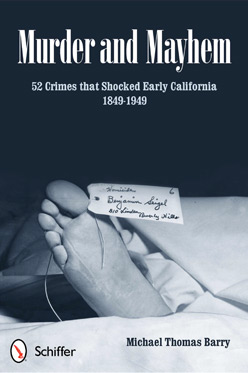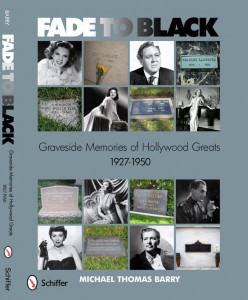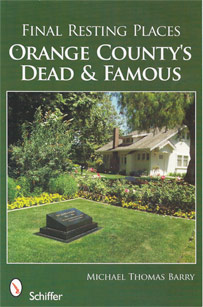01.17
The Descendants (2011, Fox Searchlight Pictures)
Winner of two Golden Globes – Best Motion Picture Drama and Best Performance by an Actor in a Motion Picture Drama – George Clooney
Directed by Alexander Payne, the creator of the Oscar winning “Sideways.”
The movie is set in Hawaii and is a sometimes humorous, sometimes tragic journey for Matt King (George Clooney) an indifferent husband and father of two girls, who is forced to re-examine his past and embrace his future when his wife suffers a boating accident off of Waikiki. The event leads to a rapprochement with his young daughters while Matt wrestles with a decision to sell the family’s land handed down from Hawaiian royalty and missionaries.
The movie explores the fine line between grief and anger, a line that’s even more treacherous when you’re angry at the person you’re grieving. Such somber material could be the basis for a piercing drama, and Payne doesn’t treat it lightly. He does let the comedy seep in, though, in a natural, rewarding way, without turning the King family’s problems into shambles. George Clooney, anchoring the film with his customary rock-solid charm, is also our emotional beacon: We look to him to know whether we should be laughing or crying. Payne likes to put his characters through the wringer but have them come out of it with a hard-won happy (or at least hopeful) ending. That holds true for The Descendants, so you don’t need to worry that the sadness of the story will leave you depressed. Overall, this grown-up, well-acted dramatic comedy is deeply fulfilling, maybe even energizing.

